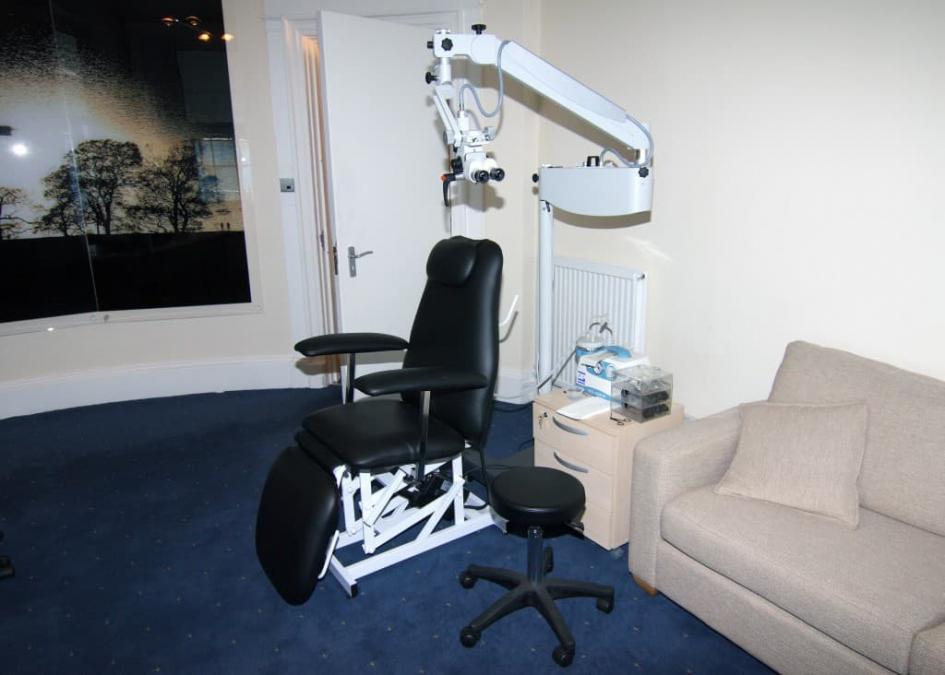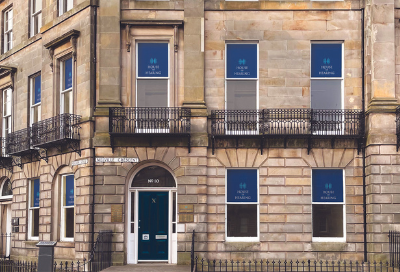
Ear wax removal processes - What's the best way to remove your excess wax?
The answer to hearing loss isn’t always a hearing aid. In fact, it can sometimes be a lot simpler than that. A hearing test will determine the cause of your hearing problems, and how severe they are. If it’s determined you have sensorineural hearing loss, this is due to small hair-like cells in your inner ear becoming damaged. This is irreversible, and a hearing instrument is the only option to help you with your hearing. However, if it’s determined you gave conductive hearing loss, then it’s possible for your hearing to be completely resolved. Conductive hearing loss is caused by sounds being blocked from passing into your inner ear, and the blockage is usually in the form of excessive ear wax. So how can this problem be resolved? There are two main ear wax removal processes that can deal with the problem, with the main one being ear irrigation. Ear irrigation is a simple process, in which warm water is inserted into the ear canal, in an effort to flush out the offending ear wax. At House of Hearing, the procedure can either be carried out by appointment at one of the four centres across Scotland, or at your own house. To make the process even easier, it’s recommended that before the appointment takes place, you add a few drops of either olive oil or ear wax softener to your ear canal. This helps to soften the wax, making it easier to remove during the irrigation process. Although irrigation is a quick and simple process, that can be a huge benefit to those with conductive hearing loss, it isn’t suitable for everyone. So who can’t use the ear irrigation method? Well, if you suffer from other certain pre-existing ear conditions, it may be a problem. If you have a perforated eardrum, or suffer from glue ear, ear irrigation isn’t suitable for you. But that doesn’t mean your excess ear wax can no longer be removed. Instead, it’s recommended you try an alternative process – microsuction. Rather than using water, microsuction uses air, with a small suction tube being inserted into your ear canal. Using gentle air suction, the ear wax is removed from your ear as part of the very safe and precise procedure. At House of Hearing, this process is only available at our Edinburgh centre, where it is carried out by our qualified nurses. As with the irrigation process, it is recommended that you help to soften your ear wax ahead of your appointment, using either ear wax softener or a few drops of olive oil. This means the procedure can be carried out in less time, helping us to restore your hearing as quick as possible. So, do you feel you may need our help with ear wax removal? You may need a process carried out for a number of reasons – your hearing may have dulled, you may me experiencing some discomfort in your ears, or your tinnitus could be getting worse. Or, if you wear a hearing aid, there’s a chance your excess ear wax is deteriorating its sound quality, producing feedback and reducing the longevity of your hearing instrument. So how do you go about getting a process carried out? You can contact us on 0131 220 1220 or fill out this form to request an appointment. As previously mentioned, ear irrigation can be done from the comfort of your own home, or at one of our four centres. We have a centres on Stafford Street in Edinburgh, Bank Street in Galashiels, South Methven Street in Perth, and Argyle Street in St Andrews. Before booking, it may be useful to have a consultation with us, so it can be determined what course of treatment would be the best for you to take.
Our Clinics
All House of Hearing clinics are in town centre locations and accessible to public transport and parking. Home visits also available if mobility is an issue.


.png)
.png)
.png)

.png)
